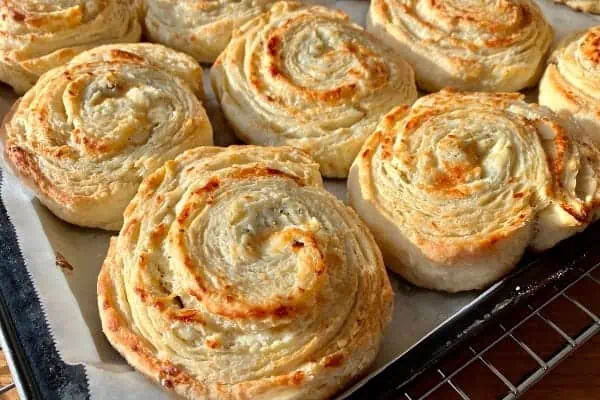In my last article I slagged the North American breweries for slacking off in the non-alcoholic beer department. The non-alcoholic beers I’ve tried from this side of the pond all failed miserably in approximating beer-like satisfaction. Then again, with near-beer being such a small market, maybe I’m being too harsh.
Why would beer companies waste their research dollars developing a product that won’t be guzzled by the twenty-something crowd? On the other hand, the few European beers I tried were actually drinkable, and didn’t have any funky additives. Those Europeans just seem to have more respect for the palette.
Call it near beer, jeer beer, or queer (as in strange) beer, I’ve come up with a few new words for non-alcoholic suds that I’d like to run past you:
How about “emascu-beer,” as in emasculated beer? Or “quondombeer,” meaning “former beer” in Latin. If you pronounce it like “condom” it raises attention. “Ersatz bier” means beer substitute.
And my all time favourite, “soberstein,” no explanation needed.
I’m not sure if any of these names will catch on, but I will endeavour to throw them randomly into conversation to help the English language evolve. It’s my way of giving back.
So, how do they get the alcohol out of beer? One method is through a restricted fermentation process whereby they allow very little alcohol to be produced. Molson-Coors uses a patented process for producing their almost-undrinkable Molson Excel.
It is brewed using a special low-temperature fermentation process that I can’t find any information on. But since this beer is the last thing you want to put in your mouth, let’s move on.
One of the common processes for de-alcoholising beer is vacuum distillation. During this procedure the air pressure is lowered so the alcohol gently boils off at a much lower temperature. This means the beer that is left doesn’t taste like it has been torched. The residual brew will commonly contain a small amount of alcohol, which is why non-alcoholic beer can have up to 0.5% alcohol by volume in most parts of Canada.
So what happens to all that ethanol? Again, my research falls short, but there has to be a lot of uses for it – medical, industrial, edible. Alcohol used to be a mainstay of medicine – ethanol was used as an anesthetic when, say, gangrene set in and you had to have your leg sawed off. Luckily we now have better drugs to numb the pain.
Alcohol used to be added to IVs to provide calories to patients until the medical community realized that alcohol is actually a toxin. These days, I suspect some of the excess distilled ethanol is used in the food and beverage industry – as additives to mass-produced sake, tinctures, flavourings, etc.
But back to quondom beer. My friend sometimes drinks near-beer on the job; call it replenishing your electrolytes. When you’re doing field work, pushing your body up mountains all day in the hot sun, you need something that approximates a malty reward at the end of a long day in a dry camp. But, when you drink near-beer, you do notice that something is missing. Even at only 5%, the alcohol in beer gives it another dimension that just can’t be replicated without it.
Non-alcoholic beer won’t be taking over any time soon, but maybe, just maybe, someone in North America will brew a better near-beer that can hold its own against the sophisticated tastes of our friends in Europe.




